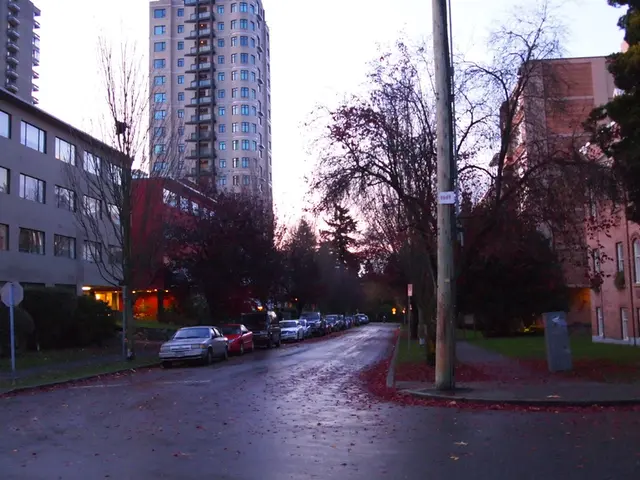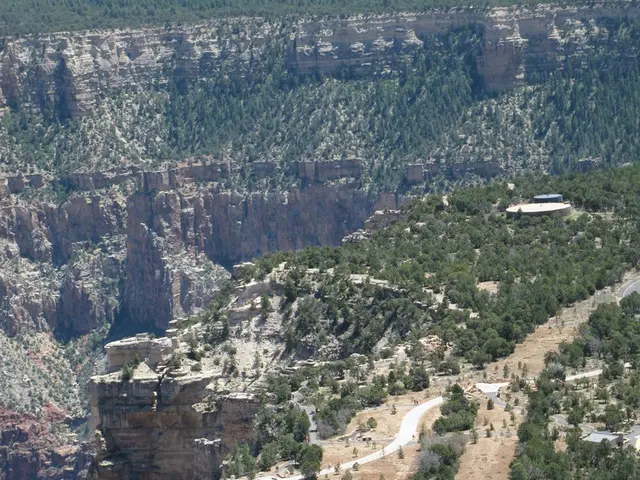Northeastern PA's Fall Beauty Endures Despite Natural Gas Industry's Presence
Fall is a beautiful time in northeastern Pennsylvania, with trees transforming into vibrant oranges, reds, and purples before losing their leaves. This region, rich in natural gas, has seen significant development, particularly in Bradford, Lycoming, Tioga, and Susquehanna counties, which are among the most explored areas in the Marcellus shale formation on the East Coast.
Research conducted at Duke University Energy Initiative, supported by the Alfred P. Sloan Foundation, has shown that while natural gas development has brought significant new revenues to local governments through the Pennsylvania 'Impact Fee', revenue from leased public lands, and increased taxes and fees, the footprint of the industry is less dramatic than some reports suggest. The region remains visually stunning despite signs of drilling activity, such as water impoundments, drilling rigs, and compressor stations.
Natural gas development in the region has slowed in the past two years due to declining natural gas prices. However, production continues to increase with a smaller number of new wells and previously drilled wells connected to pipelines. Evidence of the industry in rural communities includes equipment rental and oilfield service companies, trucks hauling water and construction materials, and heavy-duty pickup trucks moving workers. Gas and pipeline companies typically repair and upgrade local roads they use in the area.
Despite the presence of the natural gas industry, northeastern Pennsylvania remains a picturesque region during the fall season. While the industry has brought in significant revenues for local governments and created jobs, its visual impact is relatively minimal. As production continues to increase, the region balances its natural beauty with the economic benefits of natural gas development.







